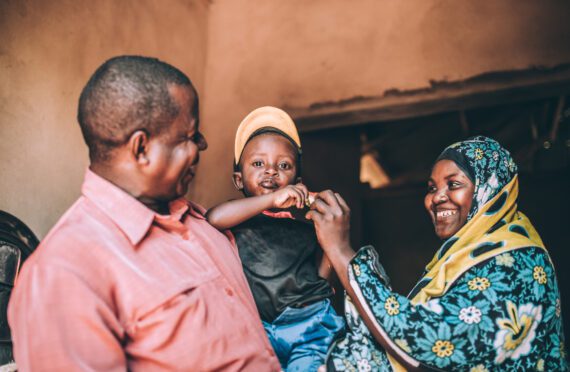“Growing hunger leads to more free meals than ever,” by Amir Samarghandi, Cincinnati News. “Food scarcity and childhood hunger is a growing, daily struggle for Greater Cincinnati families. A recently released annual report ranks Kentucky sixth worst and Ohio 13th worst when it comes to food hardship.”
“Child malnutrition rate most acute in Ryanggang Province, WFP reports,” by Kim Hye Jin, Daily NK. “North Korea’s Ryanggang Province has the highest number of children suffering from malnutrition in the country, reported U.S.-based Voice of America, citing the recently released United Nations World Food Programme (WFP) report. The World Food Program conducted the nutrition survey last year for children between the ages of six months and five years in 85 cities and 8 provinces across North Korea.”
“Venezuela’s Economic Implosion Exacerbates Inequality,” by Lulu Garcia-Navarro, NPR. “There are two Venezuelas. In one, there are food riots and empty supermarket shelves and long lines of people waiting for basic goods. In the other, there are gourmet meals, creamy cappuccinos and rich desserts.”
“Aid agencies hail U.S. bill to end global hunger and malnutrition,” by Magdalena Mis, Reuters. “Aid agencies have hailed the passage of a U.S. bill that aims to eliminate hunger and poverty around the world by helping smallholder farmers, especially women, with investments targeted at increasing productivity and improving nutrition. The Global Food Security Act of 2016, which enshrines in law the U.S. government’s global hunger initiative Feed the Future, is designed to promote food security, resilience, and nutrition through investments in agriculture.”
“1 In 10 People May Face Malnutrition As Fish Catches Decline,” by Clare Leschin-Hoar, NPR. “There are many important reasons to manage the world’s wild fisheries. We do it to maintain stock levels, to ensure biodiversity and because fish are valuable. But researchers say there’s something else in need of protection: The very people who rely on fish for food. Scientists are predicting more than 10 percent of the world’s population, a whopping 845 million people, will experience deficiencies in critically important micronutrients including zinc, iron, vitamin A, vitamin B12, and fatty-acids in the coming decades if global fish catches continue to decline.”
“The Chasm Between The 1 Percent And The 99 Keeps Growing,” by Shane Ferro, Huffngton Post. “Income inequality in the United States continues to increase. New IRS tax data from Emmanuel Saez, a researcher at U.C. Berkeley who studies income inequality — often collaborating with French economist Thomas Piketty — shows that income inequality between the top 1 percent of income earners and the bottom 99 percent increased again in 2015.”
“’Monster’ El Niño subsides but impact on children set to worsen as disease, malnutrition spread,” by UN News Centre. “While the 2015-2016 El Niño – one of the strongest on record – has ended, its devastating impact on children is worsening, as hunger, malnutrition and disease continue to increase following the severe droughts and floods spawned by the event, a new report from the United Nations Children’s Fund (UNICEF) revealed today.”



